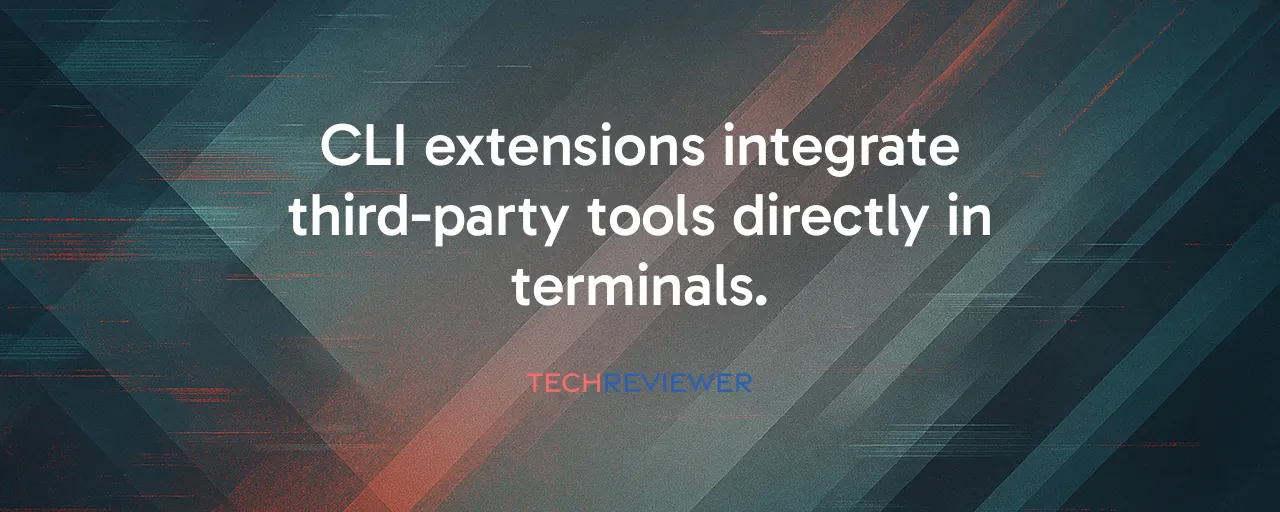A New Era for Command-Line Coding
Google's latest move with Gemini CLI Extensions, launched on October 8, 2025, brings a fresh approach to how software engineers work. By letting developers weave third-party tools like Figma for design or Stripe for payments directly into the command-line interface, Google has created a hub for streamlined coding. This isn't about flashy new features; it's about making the terminal a central space where developers can handle complex tasks without jumping between apps.
The timing catches the eye. Just two days after OpenAI rolled out apps for ChatGPT on October 6, 2025, Google dropped its extensions framework. While OpenAI curates its apps tightly, requiring developer vetting, Google takes a bold stance: anyone can build and share extensions via GitHub without approval. This open ecosystem, as Google's senior staff engineer Taylor Mullen put it, ensures fairness and invites broad participation.
How Extensions Work in Practice
At the heart of Gemini CLI Extensions lies the Model Context Protocol, a standard that lets the AI interact with external tools through structured communication. Each extension comes with a playbook, a set of instructions teaching the AI how to use tools effectively. For example, Figma's extension lets developers pull design frames and generate code directly in the terminal. Stripe's version allows querying payment APIs or troubleshooting integrations without opening a browser.
The setup is straightforward but powerful. Developers install extensions manually from GitHub repositories, using a single command. Once active, extensions enable tasks like deploying code to Cloud Run or generating images with Google's Imagen model, all from the terminal. With a million-token context window in Gemini 2.5 Pro, the system can handle massive codebases or documentation, making it a robust tool for complex projects.
Real-World Wins: Figma and Stripe Shine
To see the impact, consider Figma's extension. Designers and developers often struggle with handoffs, where designs get lost in translation to code. Figma's integration lets engineers fetch design assets and turn them into functional code without leaving their workflow. Early feedback from developers highlights how this cuts hours from iterative design cycles, especially for rapid prototyping.
Stripe's extension tackles a different pain point. Developers can test payment flows or debug API issues directly in the terminal, streamlining what used to require multiple tools. Data backs this up: 81% of developers surveyed in 2024 used AI coding assistants, with at least 25% reporting significant speed improvements and some doubling their output. Stripe's presence in the terminal meets developers where they work, saving time and reducing errors.
Open vs. Curated: Google's Edge Over OpenAI
Google's open approach contrasts sharply with OpenAI's curated model. ChatGPT's apps, launched at OpenAI's DevDay, require strict verification, which ensures quality but slows innovation. Google, by contrast, lets any developer publish extensions, fostering rapid experimentation. The trade-off? Less oversight means potential security risks, as extensions run arbitrary code from GitHub. Developers must audit these themselves, which could deter cautious enterprise teams.
Still, Google's strategy has traction. Since Gemini CLI's launch in June 2025, it's gained over a million users, mostly software engineers who prefer terminal workflows. The platform's use in Google's own codebase signals confidence, and 22 launch partners, including Dynatrace for monitoring and Snyk for security, show industry buy-in. The open-source Apache 2.0 license further invites community contributions, unlike OpenAI's closed system.
Challenges and Trade-Offs
The system isn't flawless. Manual installation via command line can feel clunky for developers used to one-click setups. Security concerns loom large: 48% of AI-generated code contains vulnerabilities, per 2025 research, and GitHub-hosted extensions raise risks of malicious code. Enterprises, wary of data privacy, may hesitate, as prompts sent to Google's infrastructure could be used for model training unless explicitly opted out.
There's also the learning curve. Command-line tools favor experienced developers, potentially alienating those reliant on graphical interfaces. Accessibility issues arise too, as terminal workflows can challenge developers with visual or motor impairments. Despite these hurdles, the free tier, offering 60 requests per minute and 1,000 daily, makes Gemini CLI accessible to a wide range of users.
What's Next for Developer Tools
The AI coding assistant market, valued at $5.5 billion in 2024, is projected to hit $47.3 billion by 2034, growing at 24% annually. Google's extensions tap into this shift toward agentic AI, where tools don't just suggest code but execute multi-step tasks. The Model Context Protocol, adopted by Google and Anthropic, hints at future interoperability, letting extensions work across platforms like Claude or even ChatGPT.
Looking ahead, security and governance will shape adoption. Enterprises need robust policies to address the 10,000 plus security issues found in AI-generated code in 2025. Meanwhile, tools like Gemini CLI could redefine coding education, emphasizing prompt engineering over manual coding. For now, Google's open ecosystem offers developers freedom to innovate, setting a high bar for competitors.
